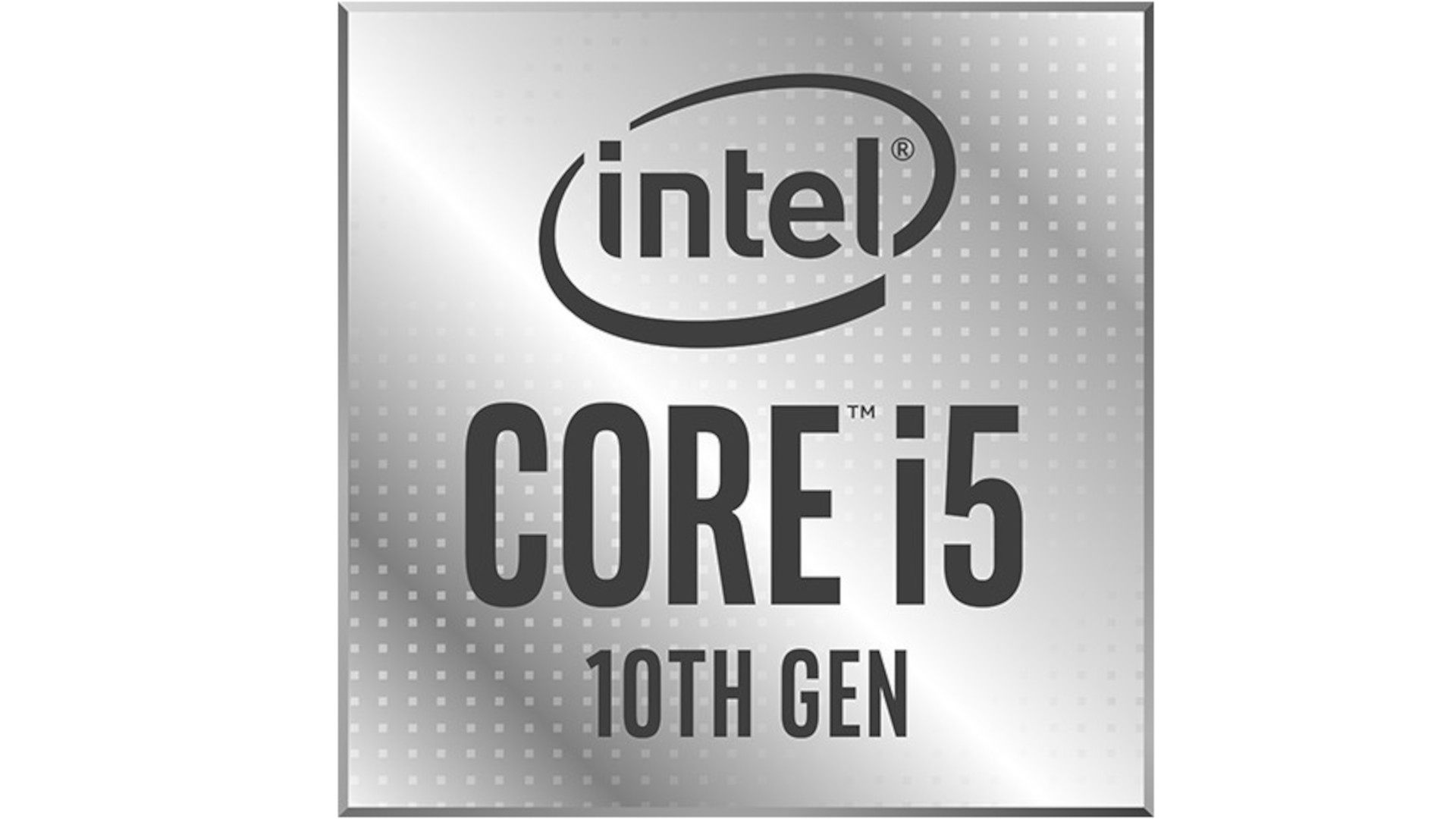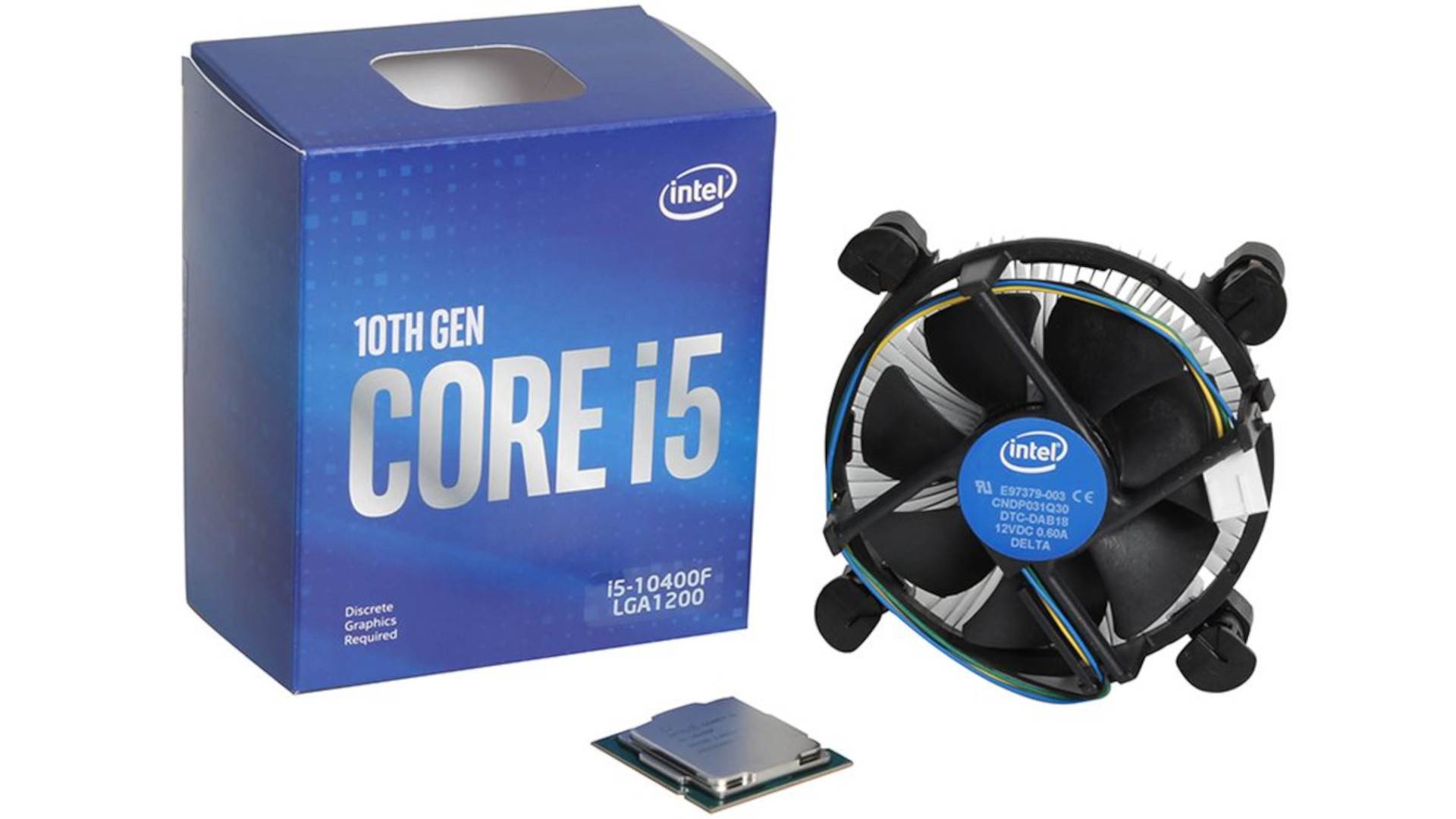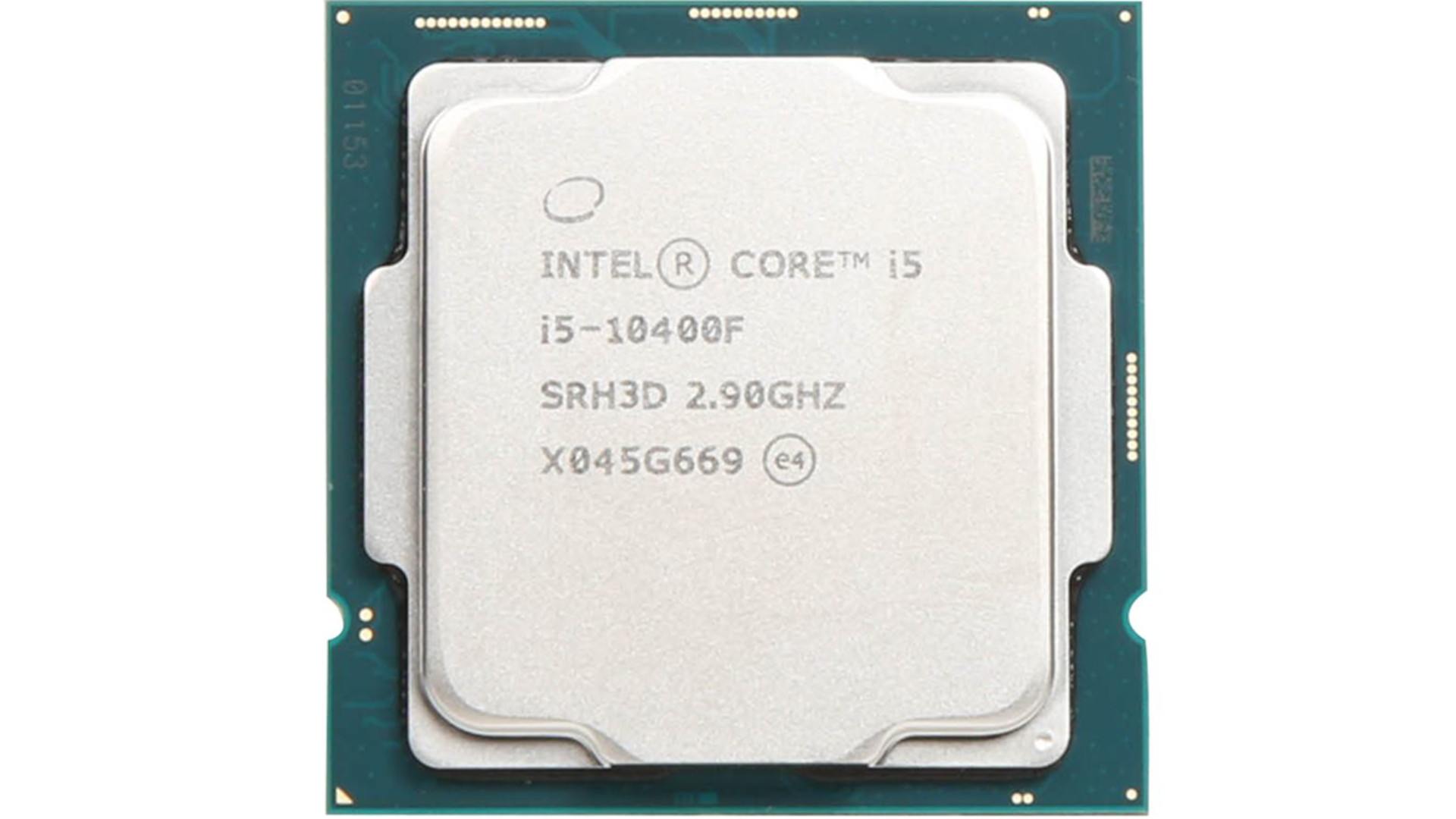It’s going to be a fantastic review. the reason? The Intel 10th generation processor, which may offer the best value, will be put to the test. The Intel Core i5 10400F, a nearly direct rival of the Ryzen 5 3600, is also highly suggested for future-proofing. Check out this post’s assessment of the Intel 10th i5 10400F, which includes benchmark tests and advice on whether to buy it and when not to. read on below.
One of Intel’s mid-range Desktop processors is the Intel Core i5 10400F. It has 6 cores and 12 threads when it was released in 2020. with a 65W power rating, a 2.9GHz base frequency, and a 4.3GHz maximum speed. The Core i5-10400F, a member of the Core i5 series, is based on the Comet Lake 14nm family.
In its 10th Generation stack, Intel Core i5 10400F ($182) is not the company’s top-of-the-line six-core desktop CPU. (The unlocked Core i5-10600K, which we examined at launch last year, has that distinction.) The Core i5-10400 makes up for its lack of overclocking ability with persistence, though.
The processor continues to compete against AMD’s barrage of Ryzen 5 5600X and previous-generation 3600X powerhouse six-core CPUs, which won Editors’ Choice awards. If you currently have an LGA 1200 motherboard and want to gaming with a discrete GPU, the Core is a great value option. AMD’s Ryzen 5 processors, if you can get one close to list price, make more sense simply as a midrange upgrade in terms of both cost per core and total performance.
Intel Core i5 10400F Specs

With 6 cores, 12 threads, and 12 MB of shared L3 cache—identical as the Core i7-8700, but with lower clock rates and at less than half its price—the Core i5-10400F in our review is a tempting draw for gamers. The introduction of AMD “Zen” and the 8th generation Core “Coffee Lake” gave game developers the incentive they needed to optimize their gaming engines to utilize more than four cores.
Six cores are designed to be used by AAA games like “Battlefield 5” and others. As the around $180 AMD Ryzen 5 3600 and the significantly more expensive i5-10600K are found to be trading blows, the Core i5-10400F cannot simply saunter into this market.
The Intel Core i5-10400F is built using Intel’s brand-new “Comet Lake” microarchitecture, which supports HyperThreading, more L3 cache, faster clock rates, and introduces new boosting techniques, but only for Core i7 and Core i9 SKUs.
Our Core i5-10400F under test runs at the same 2.90 GHz as its predecessor, but it also has twice as many threads, 50% more L3 cache, and a higher maximum Turbo Boost frequency of 4.30 GHz. The underlying CPU cores have the same design as the roughly five-year-old “Skylake” microarchitecture, hence the boost in frequency is necessary.
As a “locked” processor, the Intel Core i5 10400F cannot be overclocked using the base-clock multiplier. Alternatives exist, such as adjusting the base clock itself. You also miss out on the integrated graphics as a “F” SKU, especially its incredible Quick Sync media encoder. If you don’t care about the iGPU, you can save roughly $30 compared to the current i5-10400, which costs about $200.

To determine whether you could potentially save at least $100 by choosing the Core i5-10400F over the i5-10600K, or whether the AMD 3600 can defeat it with its aggressive price and unlocked multiplier, we closely examine the processor in our Core i5-10400F review across our large selection of CPU and gaming performance benchmarks. The “overclocking” options available for this multiplier-locked processor are also examined.
Essential information
| Product Collection | 10th Generation Intel® Core™ i5 Processors |
| Code Name | Products formerly Comet Lake |
| Vertical Segment | Desktop |
| Processor Number | i5-10400F |
| Status | Launched |
| Launch Date | Q2’20 |
| Lithography | 14 nm |
| Recommended Customer Price | $173.00 – $183.00 |
| Use Conditions | PC/Client/Tablet |
Intel Core i5 10400F specifications
| Total Cores | 6 |
| Total Threads | 12 |
| Max Turbo Frequency | 4.30 GHz |
| Intel® Turbo Boost Technology 2.0 Frequency | 4.30 GHz |
| Processor Base Frequency | 2.90 GHz |
| Cache | 12 MB Intel® Smart Cache |
| Bus Speed | 8 GT/s |
| TDP | 65 W |
Memory specs
| Max Memory Size (dependent on memory type) | 128 GB |
| Memory Types | DDR4-2666 |
| Max # of Memory Channels | 2 |
| Max Memory Bandwidth | 41.6 GB/s |
Intel Core i5 10400F performance & gaming
In productivity tasks during the past few years, Intel’s midrange alternatives have fallen short of AMD’s. However, how did the Intel Core i5 10400 perform after Hyper-Threading was enabled and its threads were put to the test?
Sadly, it was much the same as the rest. When it comes to productivity and content production duties, like-priced or slightly more expensive AMD silicon continues to rule (at least when comparing on launch prices).
When compared to the Intel Core i5 10400F or even the Core i5-10600K, the Ryzen 5 3600, Ryzen 5 3600X, Ryzen 5 3600XT, and Ryzen 5 5600X are all superior six-core options for productivity, and important productivity benchmarks like 7-Zip clearly demonstrate the gap between Intel and AMD in the six-core space. In all of the CPU tests, the four-core, IGP-equipped Ryzen 5 3400G is convincingly outperformed by the Core i5-10400; disregard that thought for the time being.
Midrange gamers who already have a discrete GPU to go with their processor or who intend to purchase one as part of their new build are among the most common customers we see with the Core i5-10400. And they’ll probably be operating at 1080p rather than 4K.

The Core i5-10400 performs admirably in these tests, while the Ryzen 3 3300X and Ryzen 5 5600X are superior in terms of affordability and performance, respectively. Compare the performance of the 5600X to that of the Ryzen 5 3600X from the previous generation to observe the enormous frame rate improvements AMD has made with the Zen 3 architecture.
The Core i5 CPU does manage some unexpected victories in a few of our benchmarks for older games (the Bioshock: Infinite numbers are particularly startling), but there aren’t quite enough of them for Intel to claim a resounding triumph in this contest.
Final thoughts on Intel Core i5 10400F
The Core i5-10400 takes up the predicted position in the hierarchy of mainstream CPUs as a less expensive substitute for the Intel Core i5-10600K. The Core i5-10600K is the processor for you if you want a six-core 10th Generation Intel chip with a little bit more capability for productivity and some overclocking. However, the Core i5-10400 will still do the job for roughly 35% less if you’re looking to cut money and don’t plan to overclock.
The Intel Core i5-10400 is reliable for what it is when used alone, but as is customary these days, the Core i5-10400 falters when put up against the plethora of AMD choices. Even though the Ryzen 5 3600X is excellent but expensive and difficult to obtain, it is nearly always preferable to the Core i5-10400 (as well as the Core i5-10600K).
That applies to both their inherent CPU performance as well as their broad motherboard compatibility. However, the $120 Ryzen 3 3300X (if you can find one for anywhere near that price, that is) or the $99 Ryzen 3 3100 will perform better for gamers on a budget using a discrete GPU (ditto that).

Is Intel Core i5-10400F worth it?
It’s decent for the price. Whether you should update depends on your present CPU, the tasks you require it to do, and the cost of the increase.
The Intel Core i5-10400F has the drawback of being unable to be overclocked and requiring a pricey Z490, B560, or Z590 motherboard in order to use RAM faster than 2666MHz, however AMD’s rival CPU (Ryzen 5 3600) is currently much more costly (around $200). Low-end AMD motherboards are superior to Intel’s and less expensive, which helps offset part of the cost difference.
For example, an Intel Core i5-10400F ($160) and a B560M Pro4 ($100) would roughly be similar to an AMD Ryzen 5 3600 ($200) and a B550M DS3H ($85), although the Ryzen system would have somewhat superior multicore performance and greater upgrade possibilities.
You should get a Ryzen 3000-series or 5000-series CPU with a B550 motherboard if you want PCIe 4.0 (which doubles the bandwidth available to graphics cards and NVMe SSDs but in reality doesn’t deliver substantial gains in most scenarios unless you’re VRAM-bottlenecked). The top slot on B560 motherboards can accommodate PCIe 4.0, but only if the CPU has PCIe 4.0 lanes. While the Ryzen 5 3600 offers PCIe 4.0 lanes, the 10400F only has PCIe 3.0 lanes.
Invest in a Ryzen or an i5-10600K CPU if you want to be able to overclock it. Additionally, it could be worthwhile to wait a few weeks to get an i5 11400F (which will be quicker than the 10400F and enable PCIe 4.0).
Depending on the i5 family’s generation ir, that is. 8-9 gen i5 are still just fair. But anything less is… Let’s just say that won’t do until 2022. Being so new, the 10–12 generation i5 is incredibly efficient. If you want to save money, I recommend getting an i5 with a F at the end of the model number if you plan to get a graphics card. Why does it cost less? In any case, because it lacks integrated graphics, it saved money.
Is Intel Core i5-10400F good for gaming?
One of the top Intel Core i5 10th generation processors is the 10400f. The price, which is not excessive for a processor with this much capability and the performance you receive from this CPU, is the cause of that.
The Intel i5 10400f celebrated its second anniversary in April 2022, and as time goes on, I can see that Intel did a good job with this CPU.
Of course, this CPU has its drawbacks as well, but I’ll do my best to test it thoroughly so I can provide you the most accurate information.
Let’s see how this CPU does in contemporary games!
I combined this CPU with 4 graphics cards to demonstrate to you how effective it is in well-known games. The first is the Nvidia GT 1030, a subpar GPU that isn’t even a gaming GPU.
The Intel Core i5-10400F, as you may know, lacks an integrated graphics card, thus some users may want to couple it with the least expensive GPU currently available and then upgrade to a better graphics card when costs return to normal. This is why the Intel I5 10400f and GT 1030 2Gb are paired.
The Nvidia Gtx 1650 4Gb GPU, which is the most popular model for entry-level low-budget gaming, is the second GPU that I matched with the Intel i5 10400f processor. Nvidia Gtx 1650 will provide you an excellent gaming experience in 1080p at decent graphics settings, despite the fact that it isn’t the finest graphics card available today.
A superb mid-range GPU for 1080p and even mild 1440p gaming, the Nvidia GTX 1660 Super is the third GPU I paired with the Intel I5 10400f for this testing. Although the GTX 1660 Ti is the top GPU in its class, this GPU will unquestionably be a very solid pick to match with the i5 10400f.
In order to evaluate how well the Intel I5 10400f performs in 1440p, I used the RTX 3060 Ti as a High-End GPU. I believe the outcomes are excellent for a processor that costs less than $250.
As you can see, the GT 1030 and Intel Core i5-10400F both perform admirably in 720p. I always preferred the frame rate above the graphical details in games, especially with a GPU this old, even though the game won’t look as fantastic as at 1080p.
Even with 1080p High settings, games like CSGO will undoubtedly average above 60 frames per second, while more taxing games would require you to play at 720p in order to get frame rates above 30.
Valorant may be played at competitive frame rates with GTX 1650 -CPU combination, while more taxing titles run at an average of 60 frames per second.
You may need to scale back some of the visual elements in order to exceed 60 frames per second, but this is easily doable with these two working together.
Even if the average frame rate in each game didn’t exceed 60, you should be aware that switching from Ultra to High or Medium will greatly boost the frame rate you receive in these games.
We can see that Modern Warfare has a frame rate of above 90 even on Very High settings, but Red Dead Redemption 2 and ARK need to have their graphical settings adjusted.
Even in Cyberpunk 2077, one of the most under-optimized games available right now, RTX 3060-CPU combination was able to achieve an average frame rate of roughly 60 fps.
Even on Ultra settings, these two performed admirably in AC Valhalla and Shadow of the Tomb Rider, which are both fairly tough games.
Can you overclock Intel Core i5-10400F?
The Intel Core i5-10400F cannot be overclocked, and the b560 chipset does not support overclocking. However, you might be able to tweak the CPU a little. For instance, raising the power limit (I’m not sure if you can) would enable the cpu to turbo more powerfully for longer periods of time.
What temperature should an Intel Core i5-10400F run at?
Any temperature below 75°C with sporadic peaks up to 85° is probably the optimal sustainable operating temperature for the i5 while it is under stress. There is a significant likelihood that your processor is thermally throttling if you notice temperatures frequently above 90°.
The maximum temperature specification for the Intel Core i5-10400F is 100 degrees Celsius, thus an average temperature of 70 degrees Celsius when gaming shouldn’t hurt the CPU right away. To preserve the longevity of the CPU, it is typically advised to keep temperatures below 80 degrees Celsius. To decrease the temperature, you might want to think about upgrading your cooling system or lowering the CPU load.
How much power does Intel Core i5-10400F draw?
My experience has shown me how important it is to precisely calculate the wattage of the power supply required for both your CPU and other components. The peak wattage that the Core i5-10400F CPU consumes may be calculated using the peak TDP rating, PL2 (Power Level 2). The power used at the CPU’s highest turbo boost frequency is measured by the turbo boost TDP (PL2). Based on the PL2, we may infer that the Intel Core i5-10400F CPU can consume 134 watts of electricity at its maximum boost frequency of 4.30 GHz.
Intel Core i5 10400F
-
Performance - 96%96%
-
Price - 96%96%
-
Value - 96%96%

